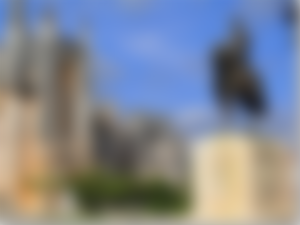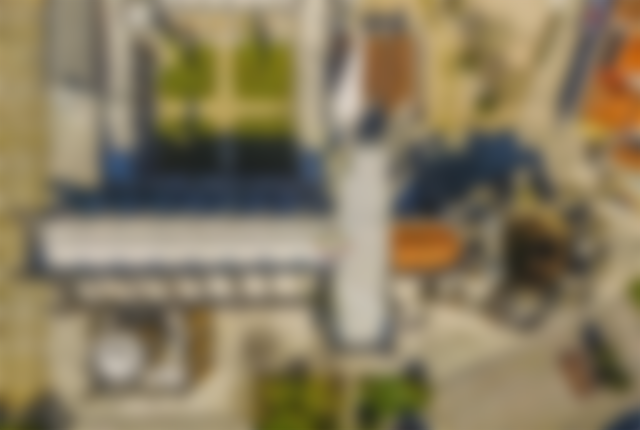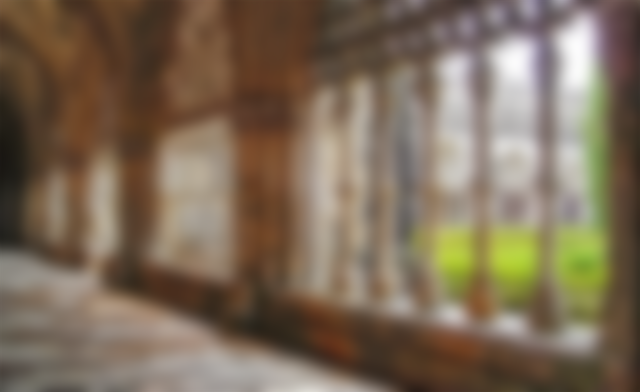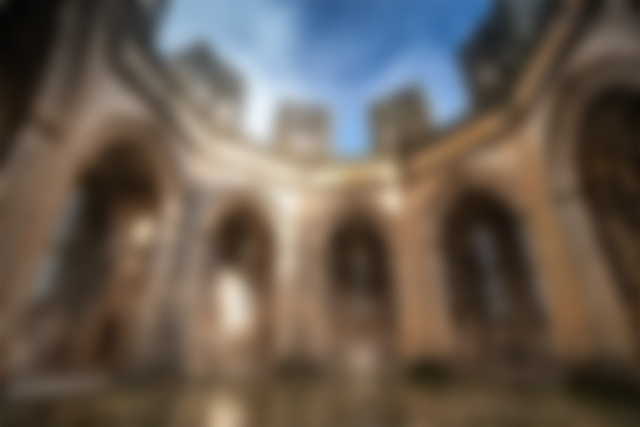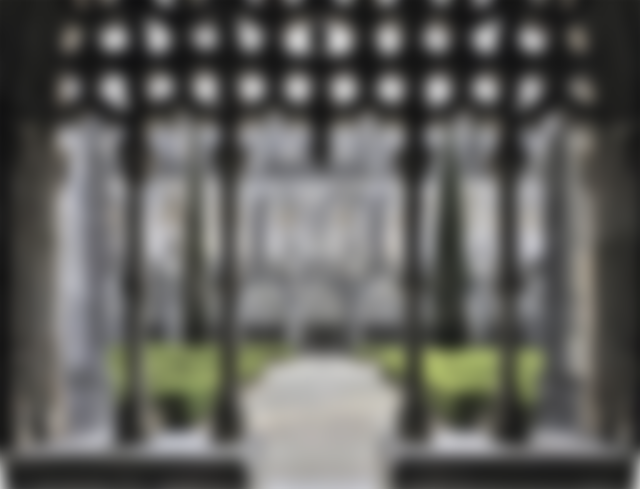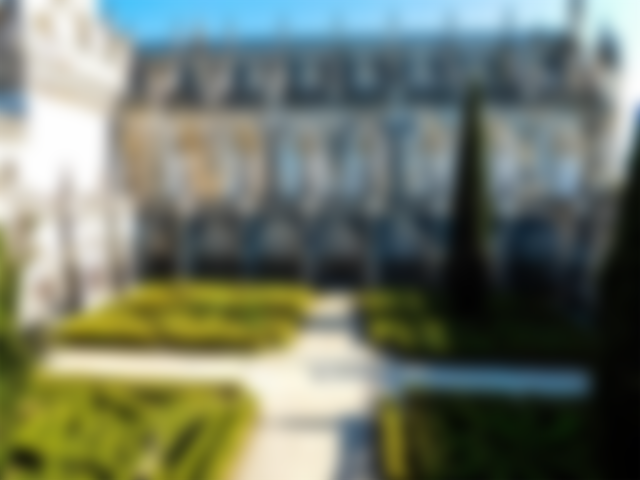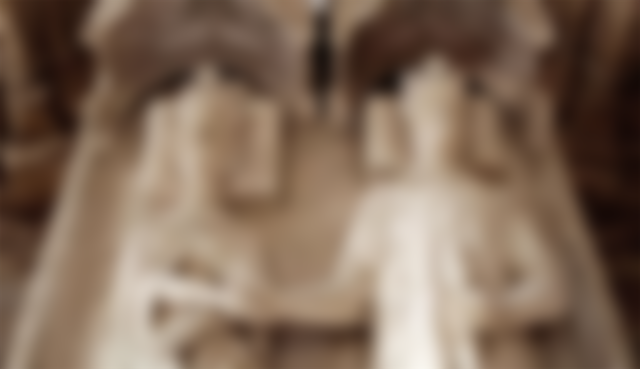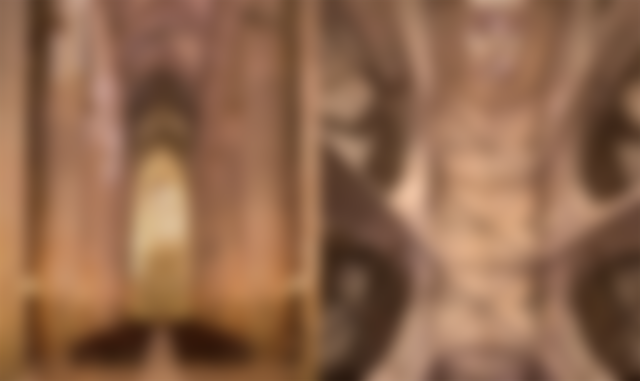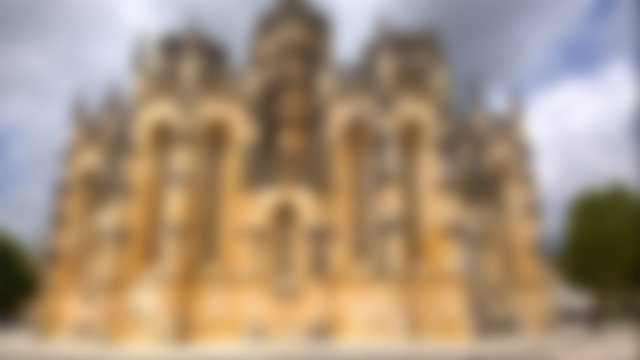Near the place where the Batalha Monastery stands, on August 14, 1385, a decisive event for the consolidation of the Portuguese nation took place: D.João, Mestre de Avis and future king of Portugal, won the Castilian armies in the battle of Aljubarrota.
This victory put an end to a dynastic crisis that had dragged on since 1383, when King D.Fernando died, whose only daughter was married to the king of Castile, pretending to be the throne of Portugal.
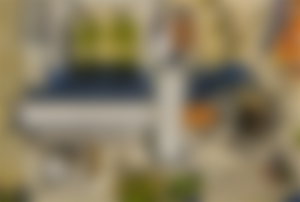

D.João dedicated the monastery to the Virgin Mary, whom he had invoked to intercede for his triumph, and donated it to the Dominican Order, to which his confessor belonged. This was the reason for the birth of a work whose construction would go on for almost two centuries and which resulted in one of the most fascinating Gothic monuments in the Iberian Peninsula.
The construction of the monastery also embodied the consecration of D.João I as king of Portugal, thus assuming itself as a symbol of the new dynasty and legitimized by the divine will.
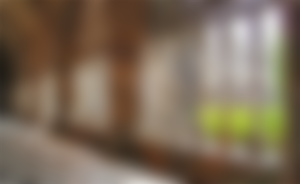
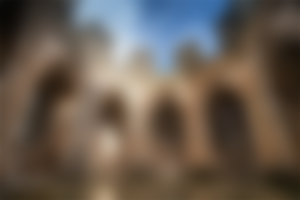

Its architectural value and historical significance led to the classification of the monument as a World Heritage Site by UNESCO in 1983.
The construction covered seven reigns of the second dynasty (1385-1580) and involved a vast team of high-level mason masters, both national and foreign, who were initially directed by Afonso Domingues, until his death in 1402. During that period , part of the church and the royal cloister rose. Mestre Huguet, an Englishman, succeeded him, who until 1438 completed the church, built the founder's chapel and started the pantheon of D.Duarte. Between 1448 and 1477, Fernão de Évora designed the cloister of D.Afonso V and, in the 16th century, Mateus Fernandes was responsible for the Imperfect Chapels.


The monastery is home to the most important nucleus of medieval Portuguese stained glass, which can be admired in the Main Chapel and the Chapter Room. The central nave of the church rises 32.5 meters and is supported by eight columns on each side. In addition to the chapels and cloisters, you can also visit the dormitory, the refectory and the monastery kitchen.


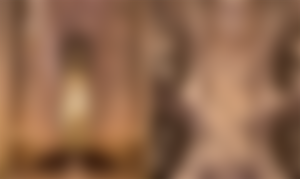
The square located outside was once largely occupied by the Cloister of D.João III. Burned down during the Napoleonic Wars, it was demolished during the restoration works undertaken in the XIX century. In the middle of the square, you can see a headstone that reproduces the abbreviations of several stonemasons and marks the location of the old Church of Santa Maria-a-Velha, the primitive temple where the builders of the monastery attended the liturgical services.

